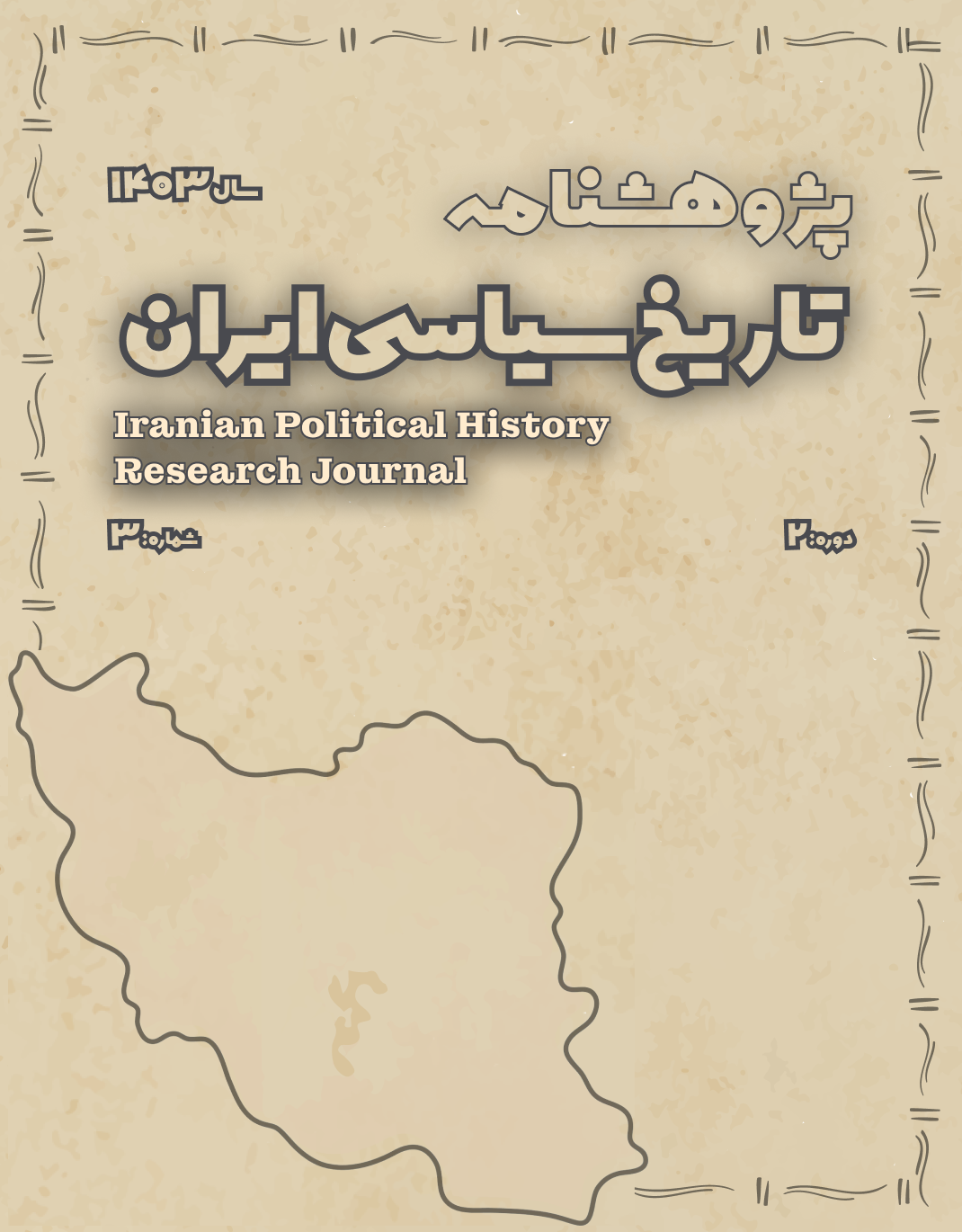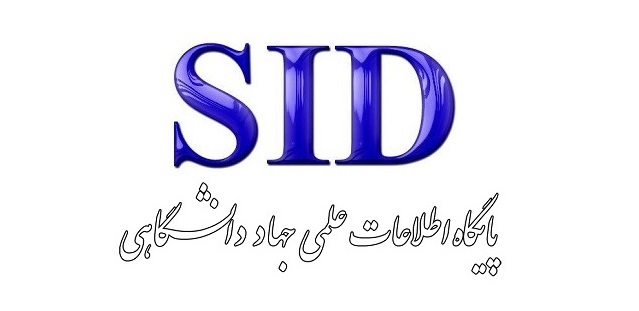مشروعیت دینی در برابر مشروعیت عرفی در دوران مشروطه
کلمات کلیدی:
مشروعیت دینی, مشروعیت عرفی, فقه سیاسی شیعه, مشروطه ایران, قانون اساسی, مجلس شورای ملی, تحلیل گفتمانی, تقابل دین و مدرنیتهچکیده
مقاله حاضر به تحلیل تقابل دو نوع مشروعیت دینی و مشروعیت عرفی در دوران مشروطه ایران میپردازد؛ تقابلی که نهتنها بستر بحران سیاسی آن عصر، بلکه یکی از مهمترین خطوط گسل در تاریخ تفکر سیاسی ایران به شمار میرود. مشروعیت دینی، برخاسته از سنت فقهی شیعه، قائل به حاکمیتی است که مستند به اراده الهی و نیابت فقها از امام معصوم باشد؛ در حالی که مشروعیت عرفی، بر پایه عقلانیت مدرن، حاکمیت ملت و قانونگرایی را سرچشمه قدرت سیاسی میداند. این مقاله با رویکرد تاریخی-گفتمانی و با اتکا بر متون فقهی، رسائل سیاسی و اسناد دوره مشروطه، به بازسازی نظامهای معنا و منطقهای معرفتشناختی دو گفتمان مشروعیت پرداخته و نشان میدهد که چگونه این دو الگوی رقیب، نهتنها در ساحت نظری، بلکه در نهادهایی چون مجلس، قانون اساسی و اصل نظارت فقیهان با یکدیگر وارد منازعه شدند. از دیدگاه این پژوهش، تلاشهایی از سوی علمای میانهرو مانند نائینی، طباطبایی و بهبهانی برای تلفیق دو مشروعیت، اگرچه در مقاطع کوتاه به مصالحههایی انجامید، اما در نهایت در برابر شکافهای بنیادین دو گفتمان ناکام ماند. این مطالعه همچنین تأکید میکند که فهم تحولات مشروطه بدون تحلیل این تقابل عمیق در سطح مشروعیت سیاسی ممکن نیست و میراث آن، تا امروز در ساختار جمهوری اسلامی نیز قابل ردیابی است. در پایان، مقاله با پیشنهاد مسیرهایی برای پژوهشهای آتی، از جمله تطبیق این تقابل با گفتمانهای مشروعیت پس از انقلاب اسلامی، به ضرورت بررسی مستمر این موضوع در چارچوب تاریخ اندیشه سیاسی ایران اشاره میکند.
دانلودها
مراجع
Abrahamian, E. (2008). A History of Modern Iran. Cambridge University Press.
Agamben, G. (2005). State of Exception (K. Attell, Trans.). University of Chicago Press.
Amanat, A. (1997). Pivot of the Universe: Nasir al-Din Shah and the Iranian Monarchy, 1831–1896. University of California Press.
Dyzenhaus, D. (1997). Legality and Legitimacy: Carl Schmitt, Hans Kelsen and Hermann Heller in Weimar. Oxford University Press.
Keddie, N. R. (2003). Modern Iran: Roots and Results of Revolution. Yale University Press.
Lambton, A. K. S. (1980). State and Government in Medieval Islam: An Introduction to the Study of Islamic Political Theory. Oxford University Press.
McCormick, J. P. (1997). Carl Schmitt’s Critique of Liberalism: Against Politics as Technology. Cambridge University Press.
Milani, A. (2008). The Shah. Palgrave Macmillan.
Schmitt, C. (1996). The Concept of the Political (G. Schwab, Trans.). University of Chicago Press. (Original work published 1932)
Schmitt, C. (2005). Political Theology: Four Chapters on the Concept of Sovereignty (G. Schwab, Trans.). University of Chicago Press. (Original work published 1922)









